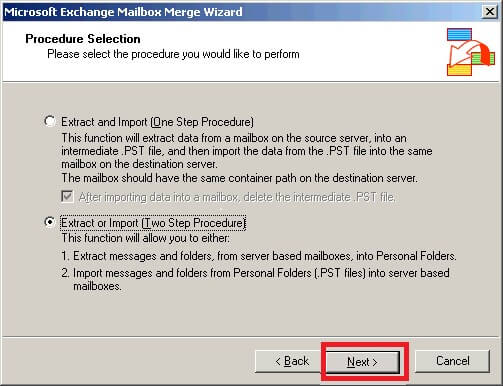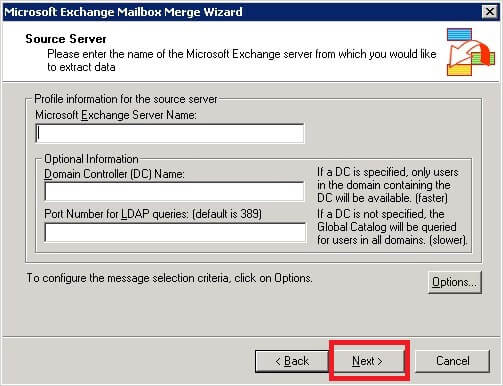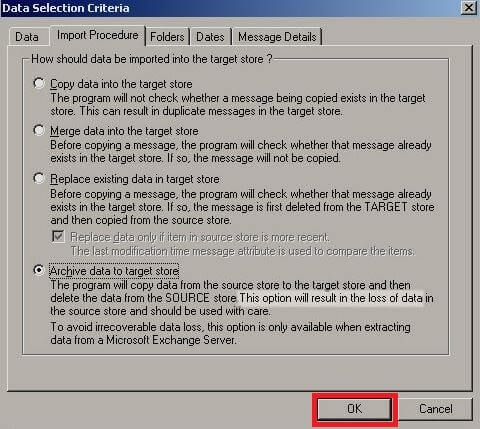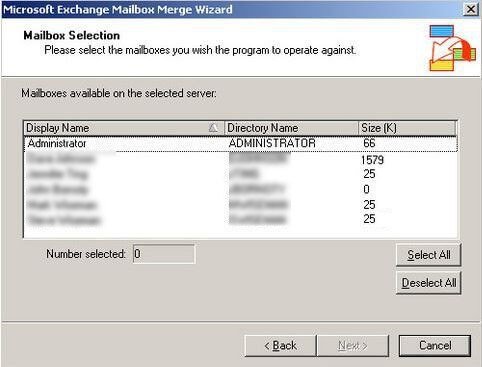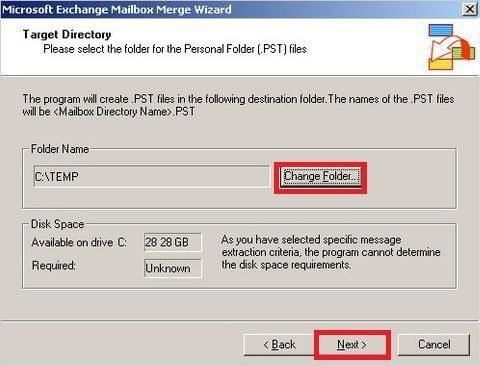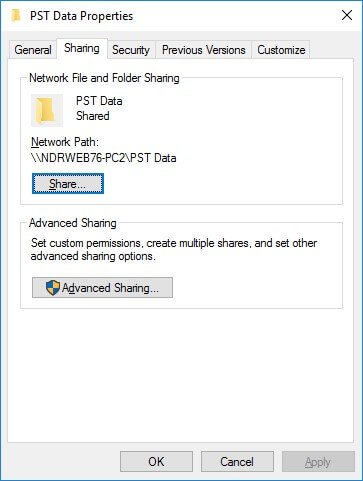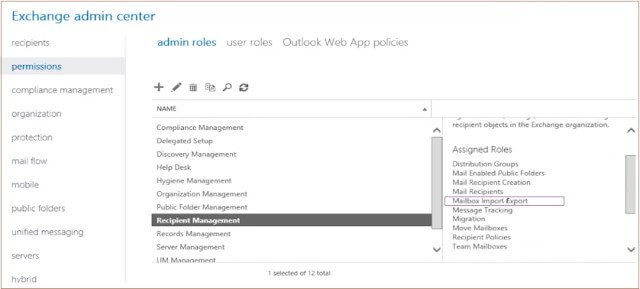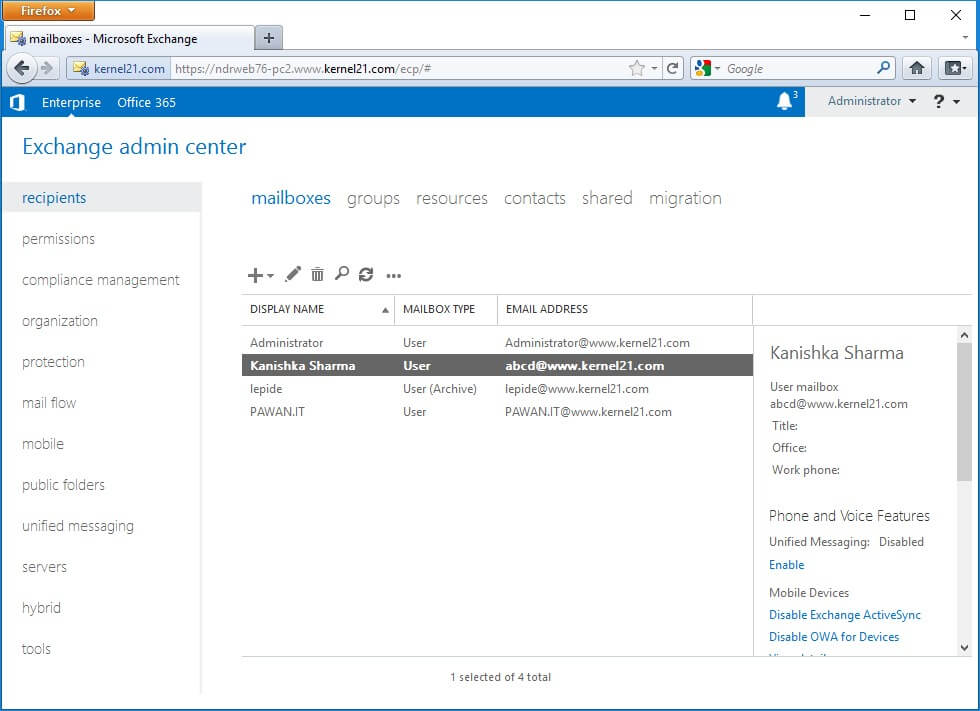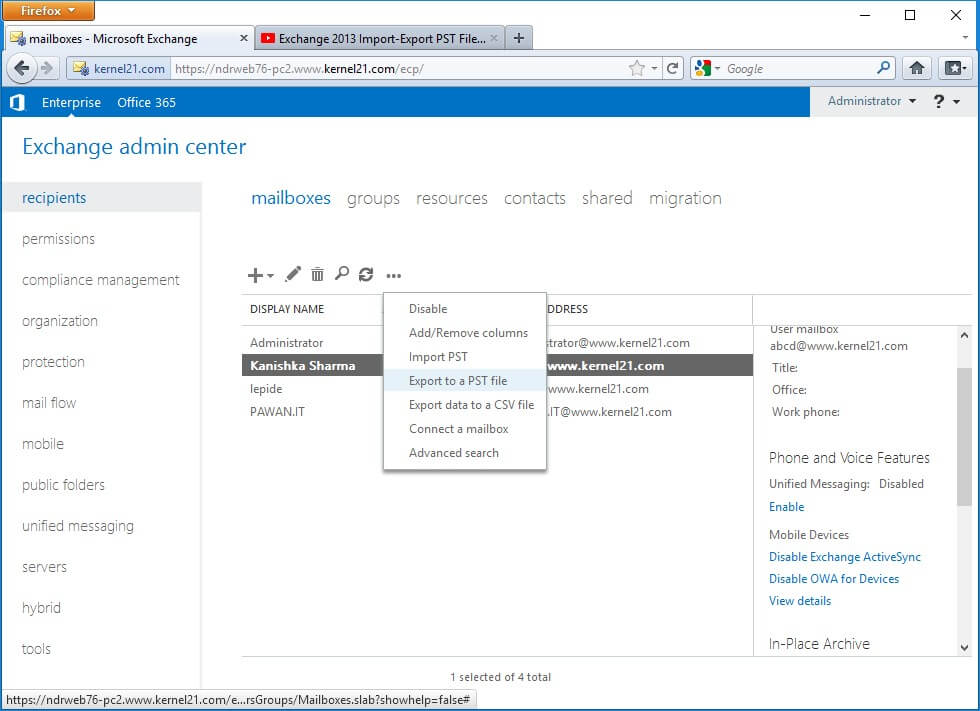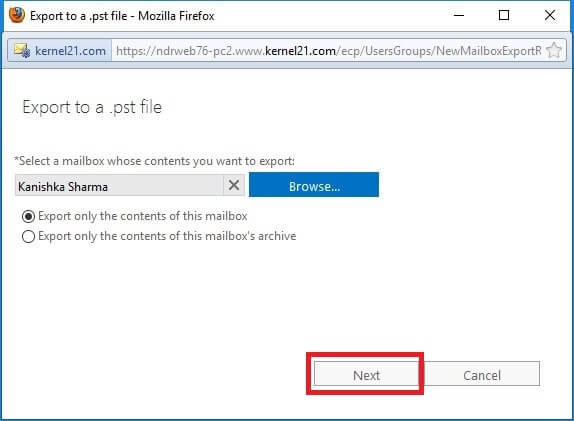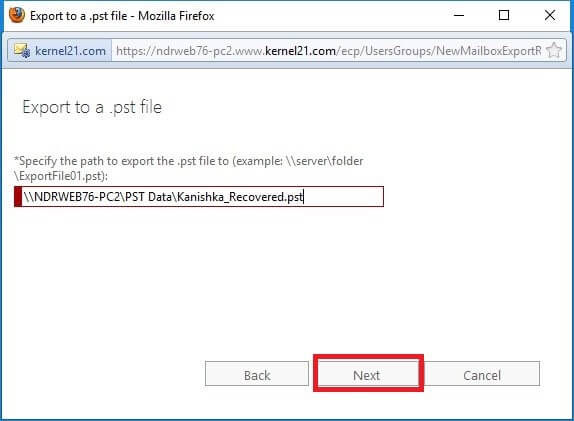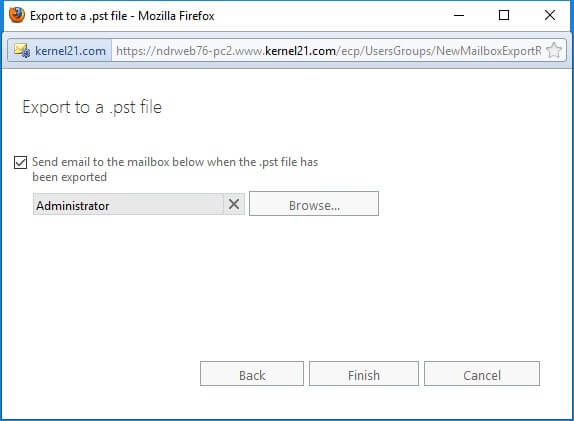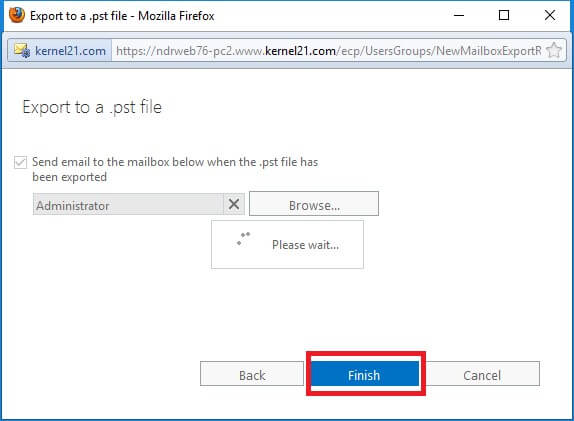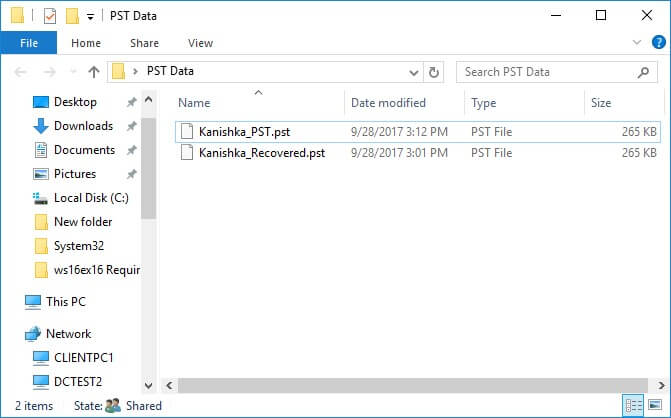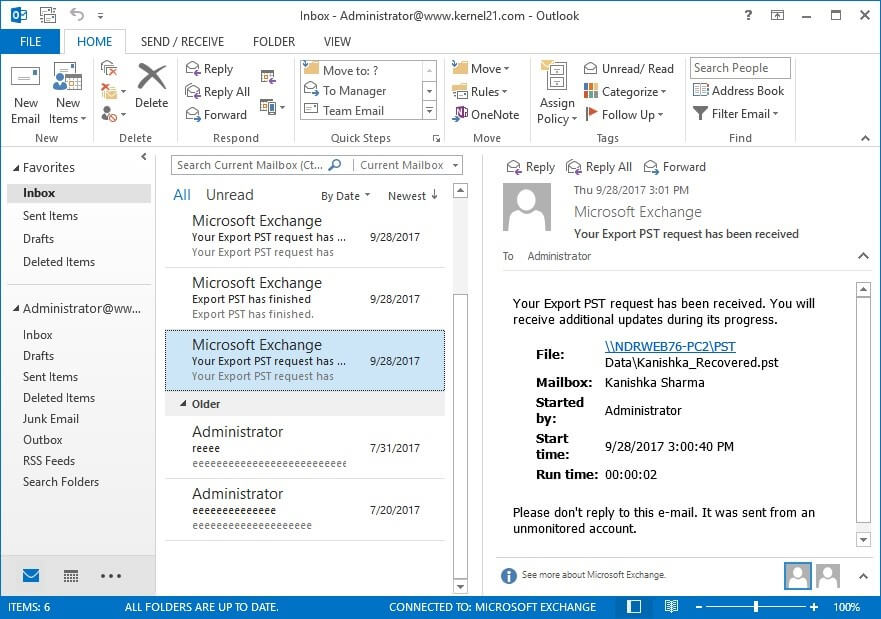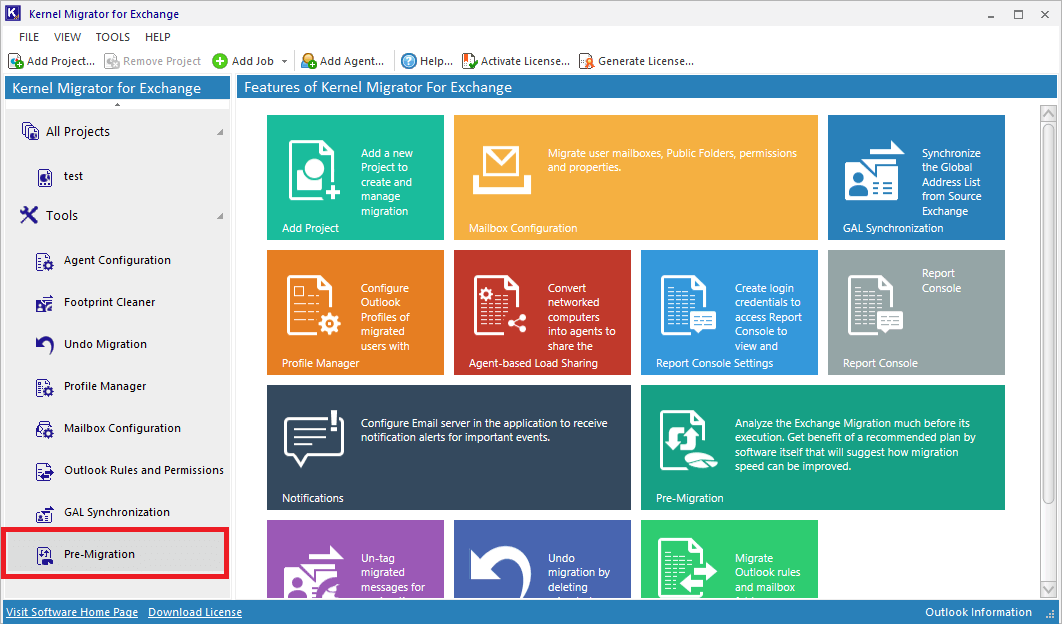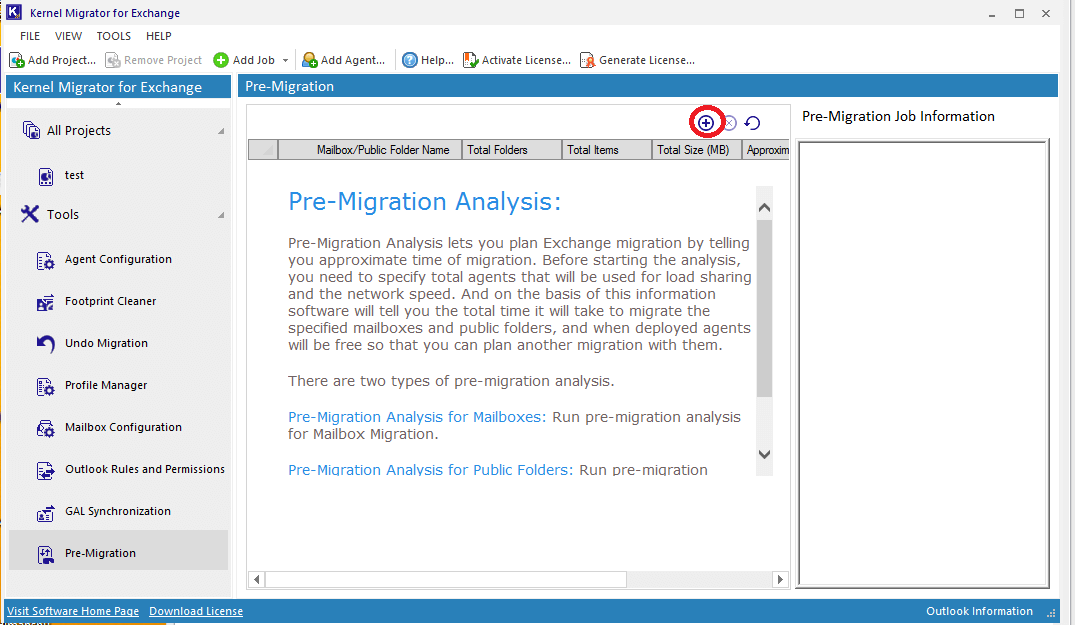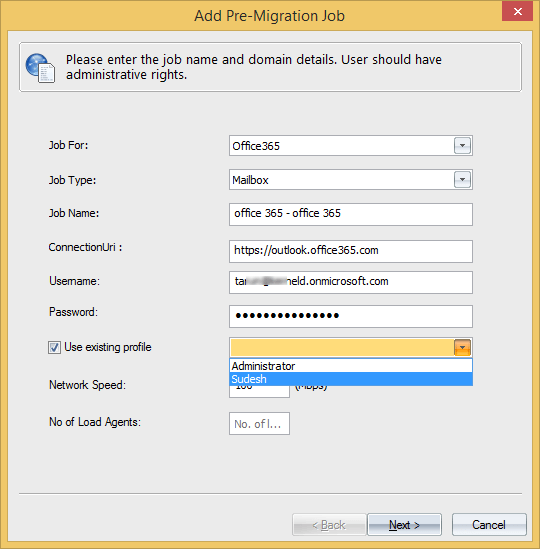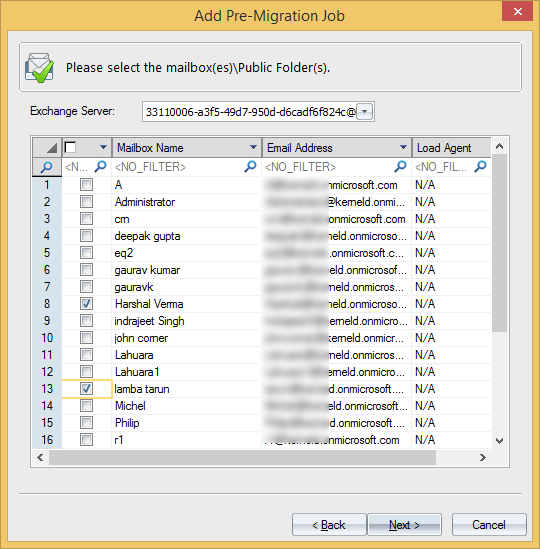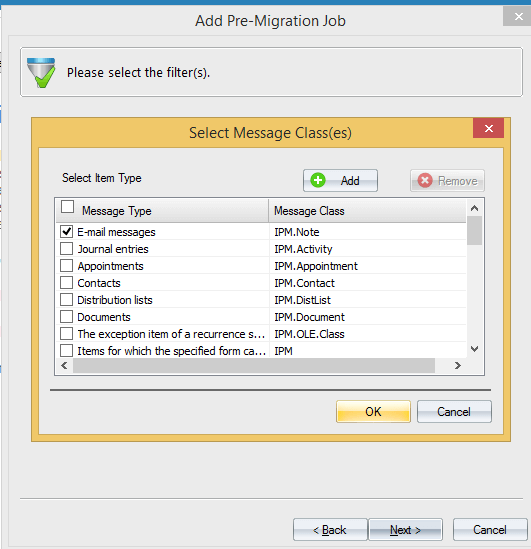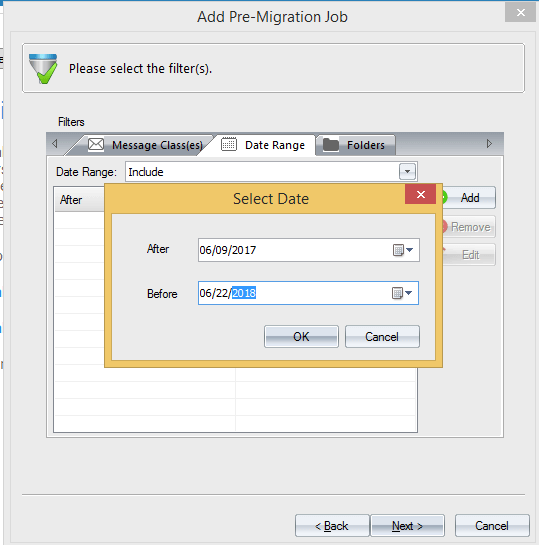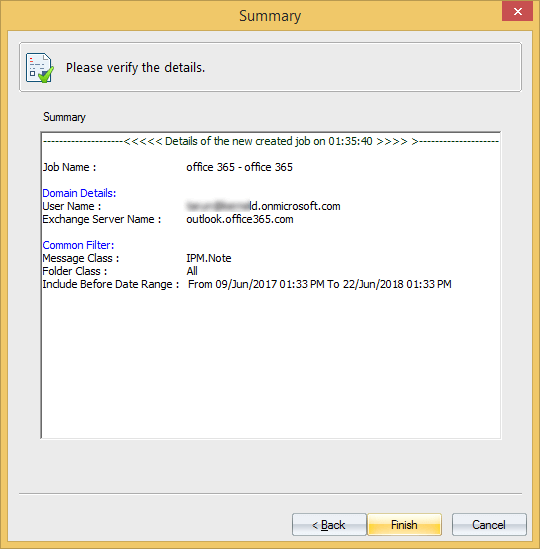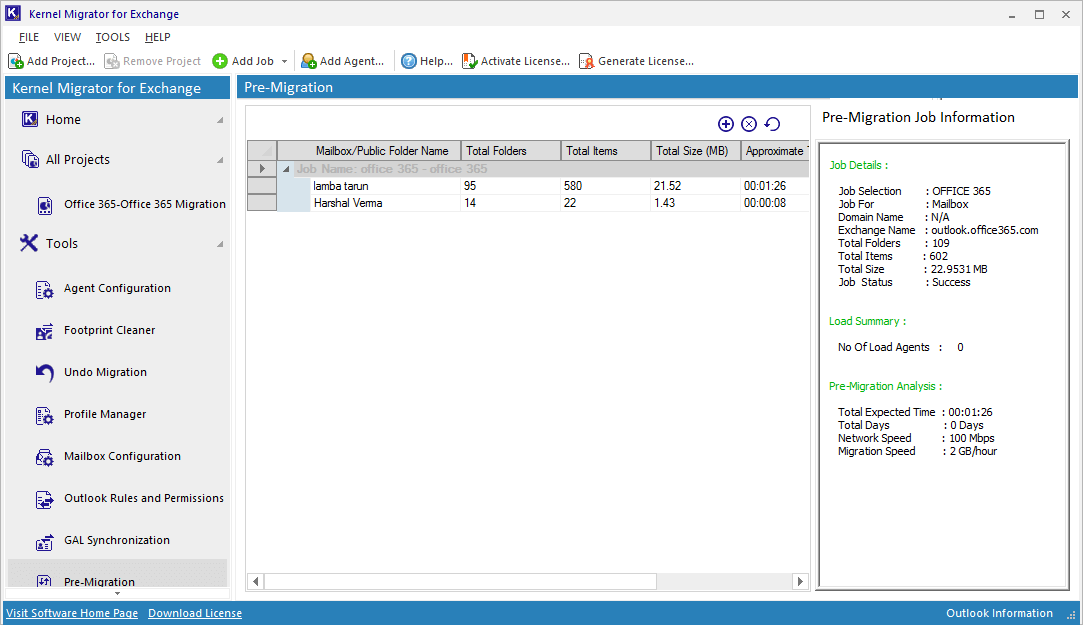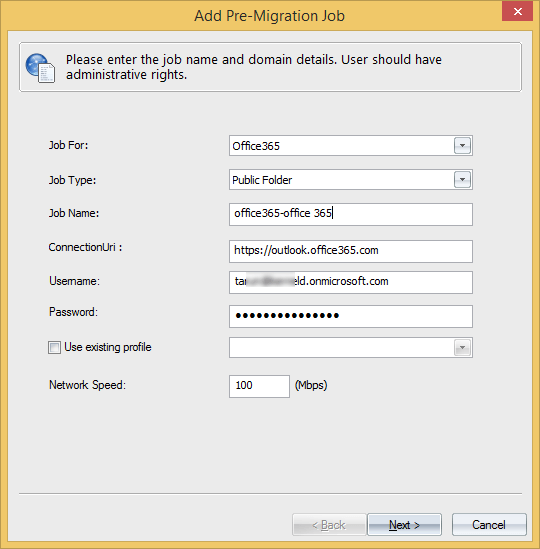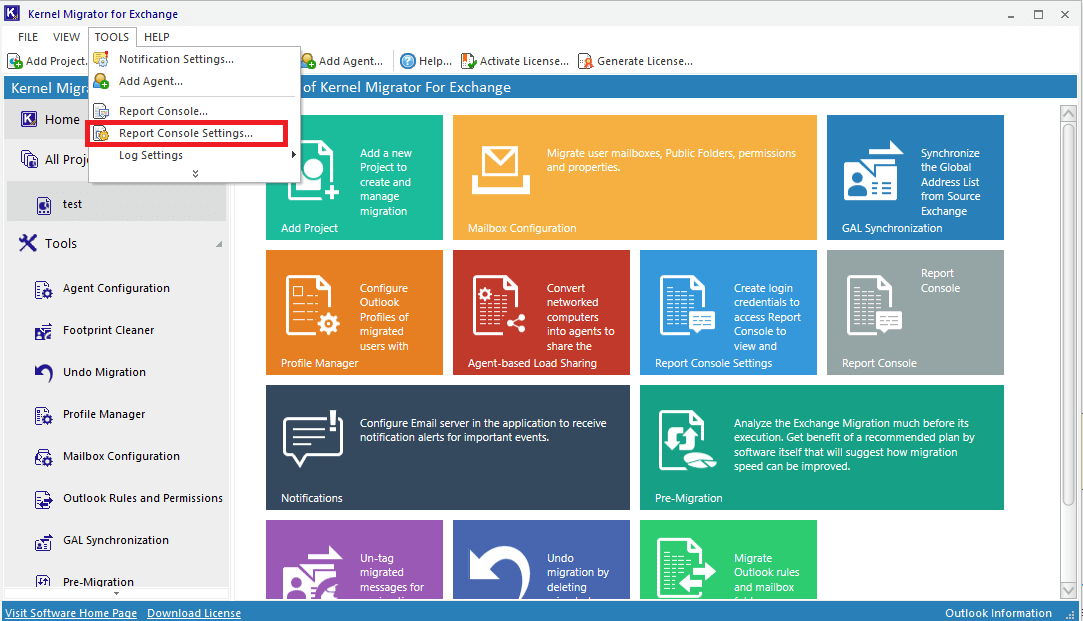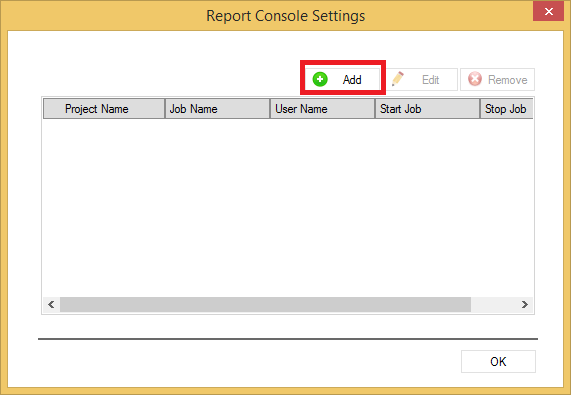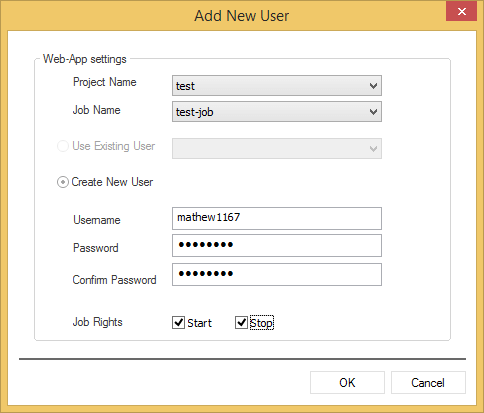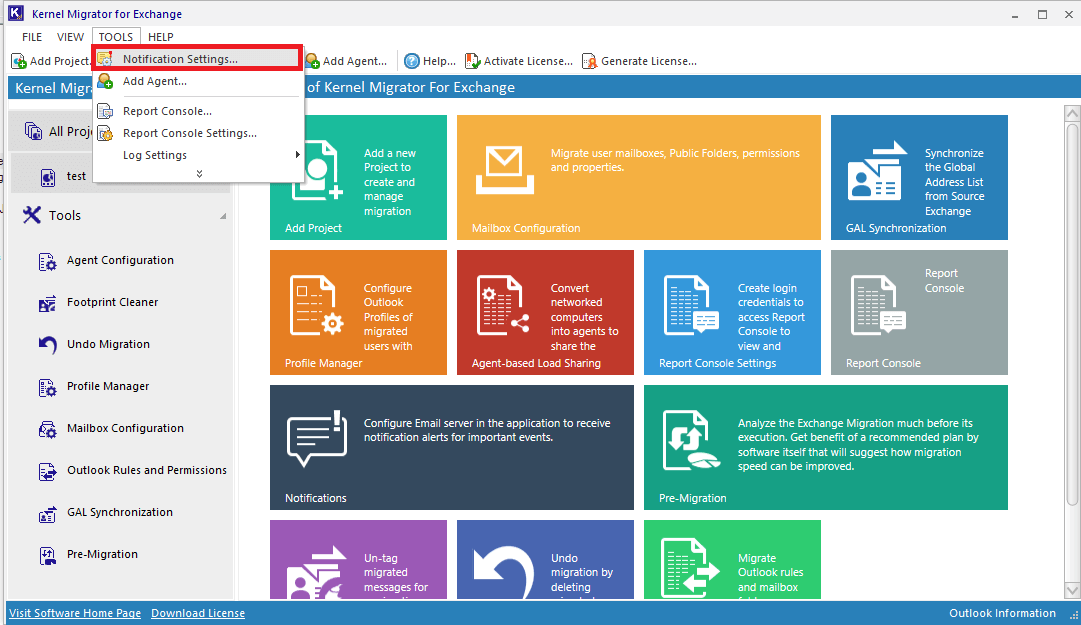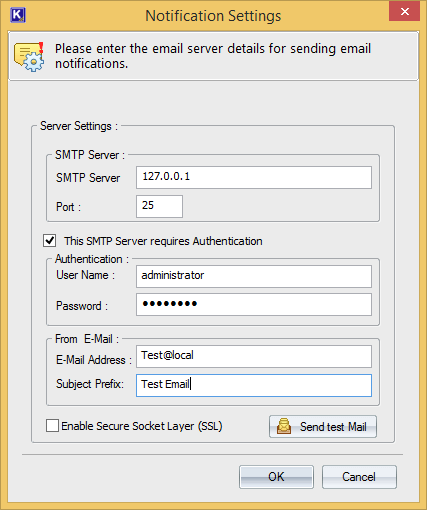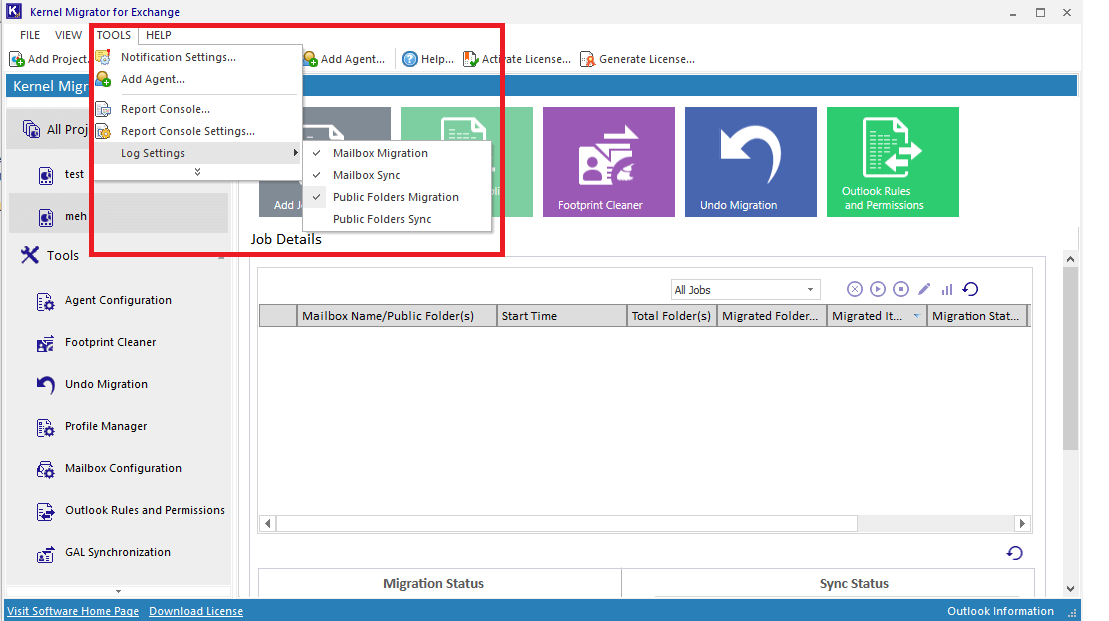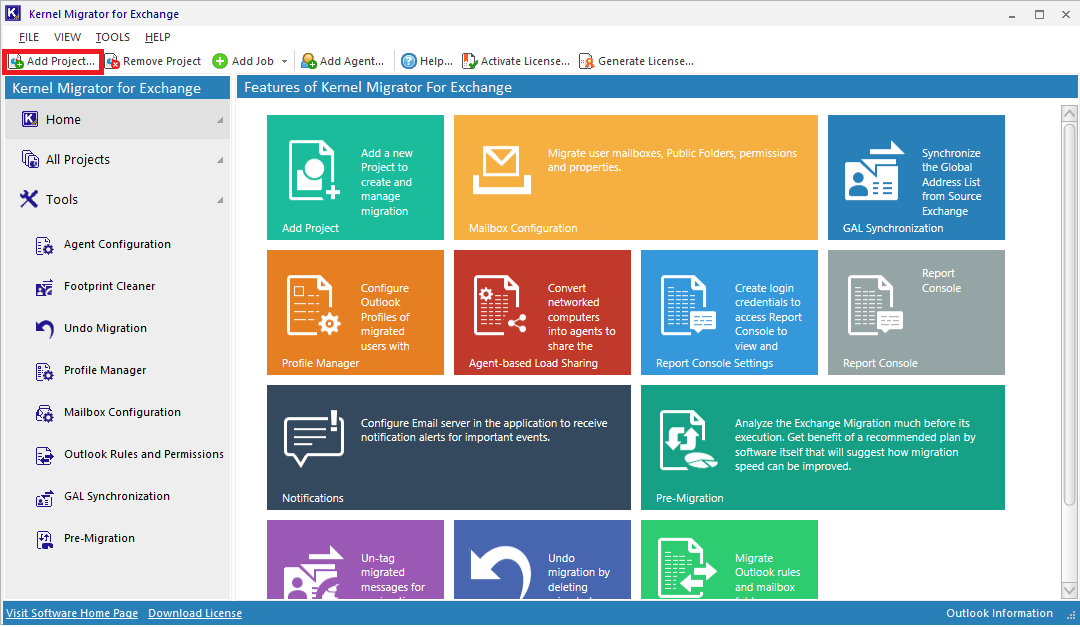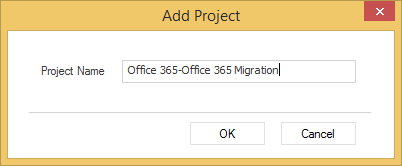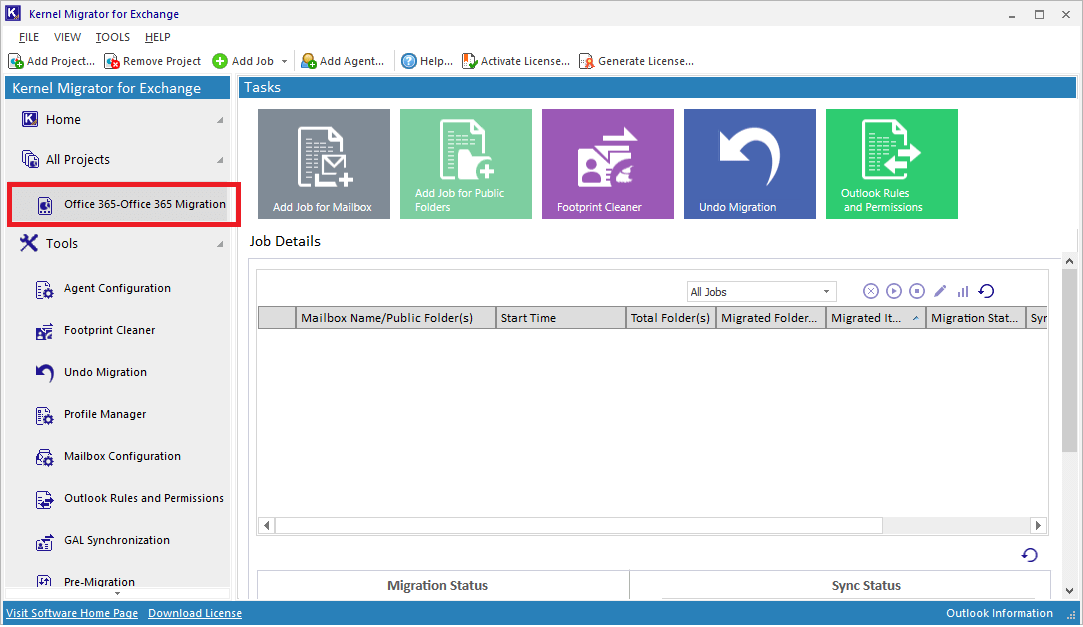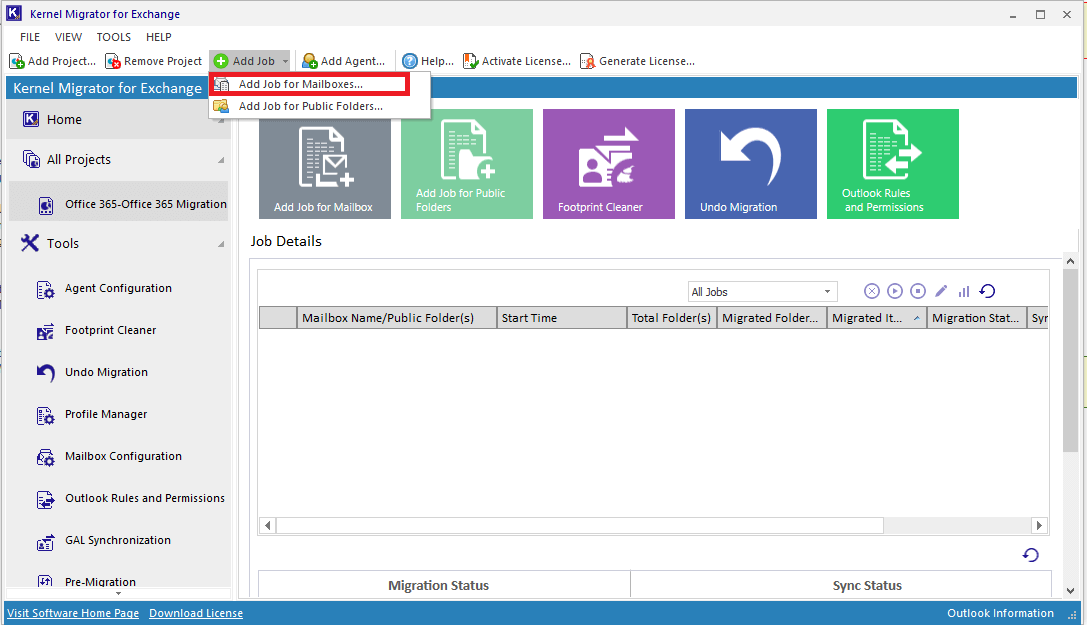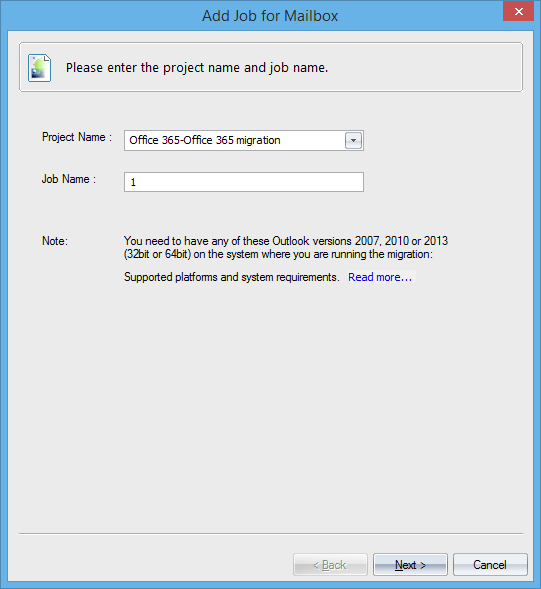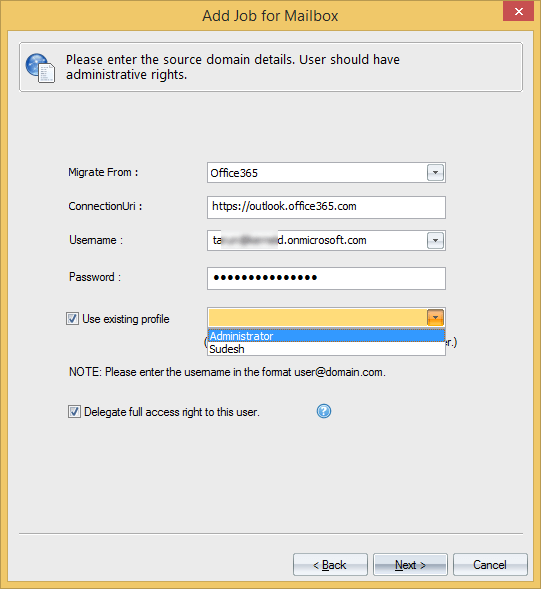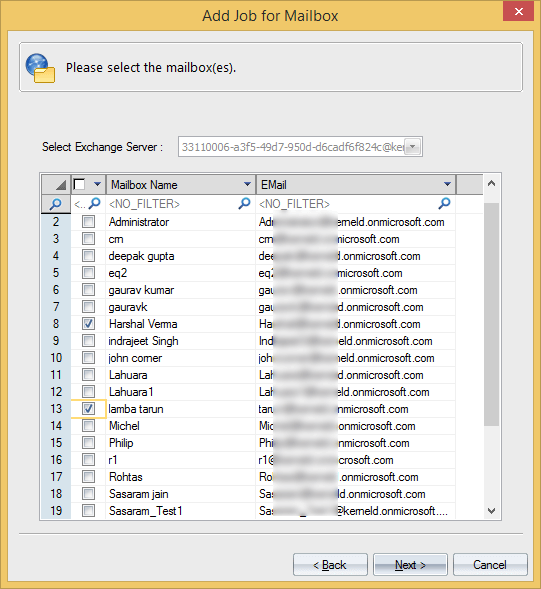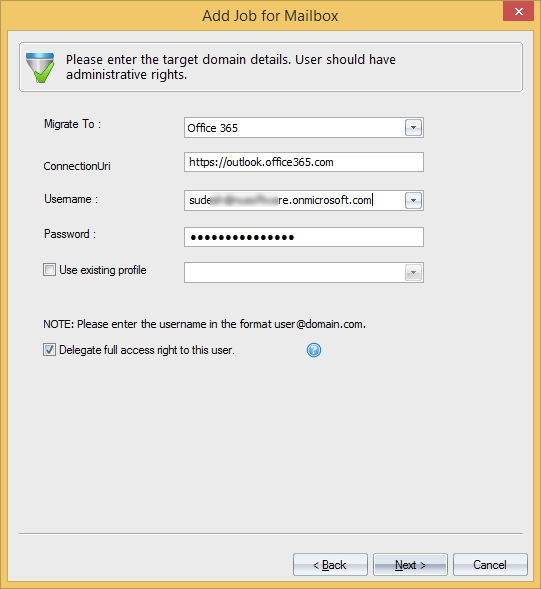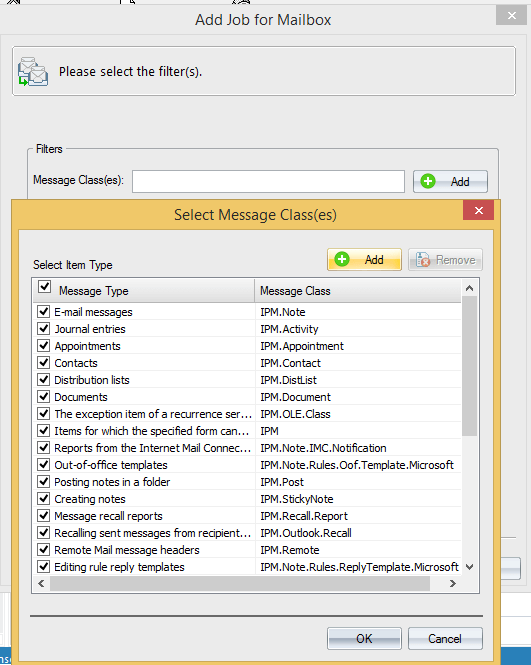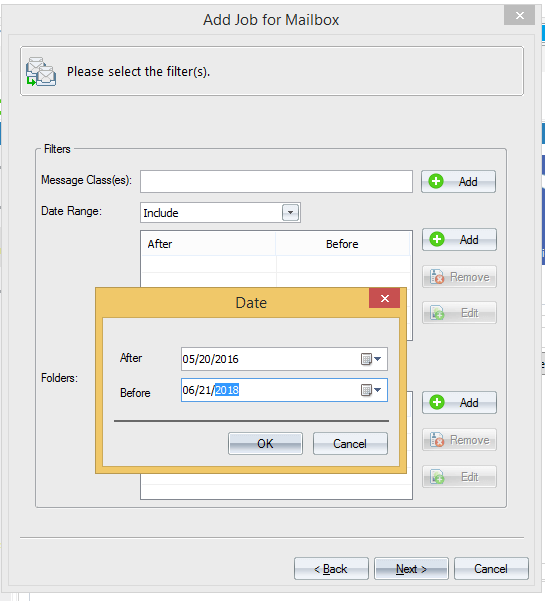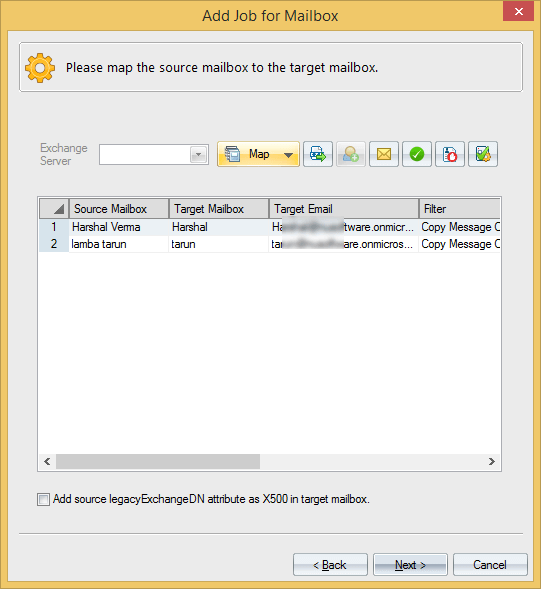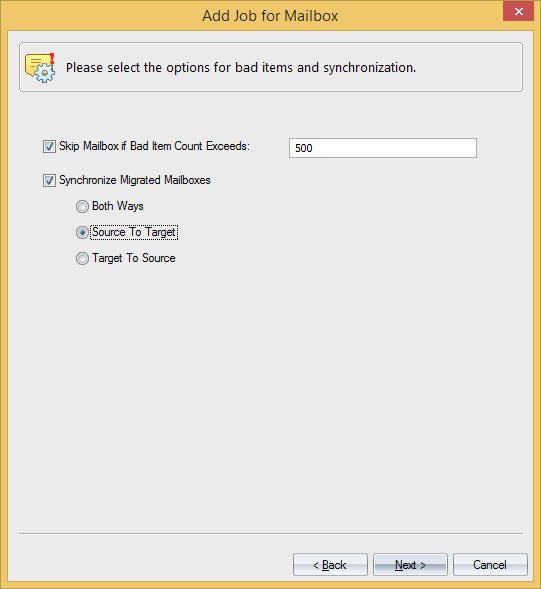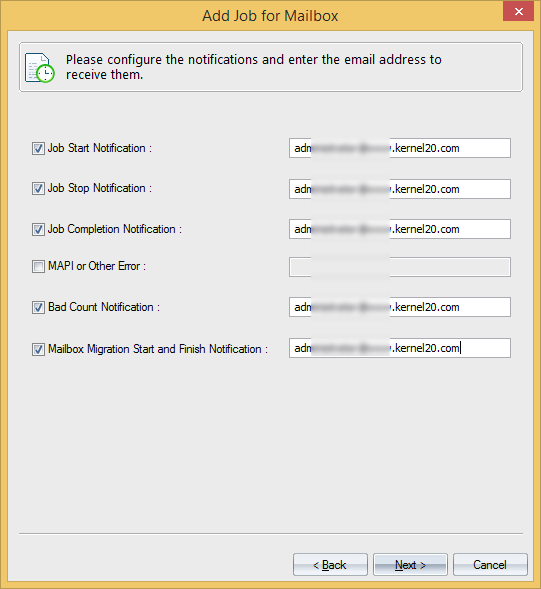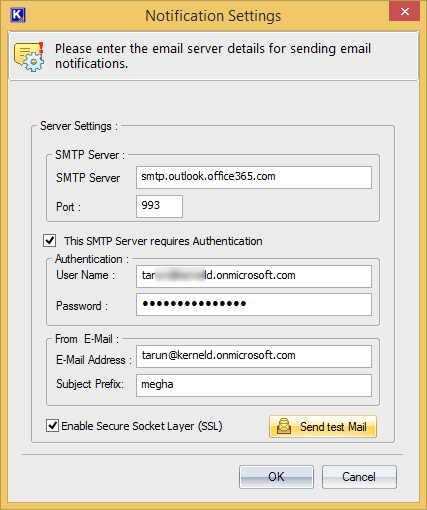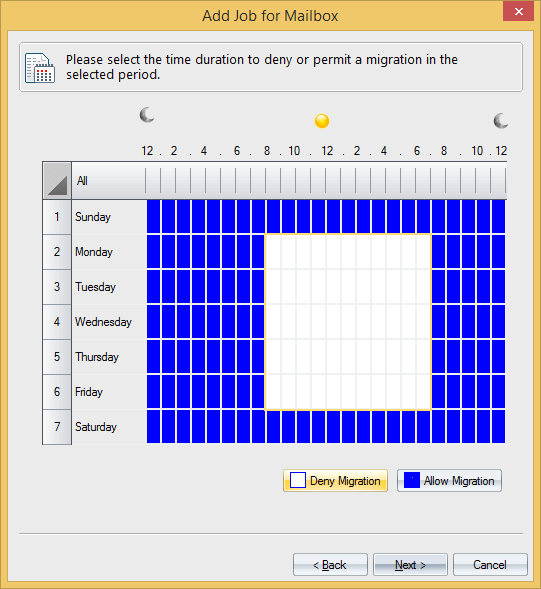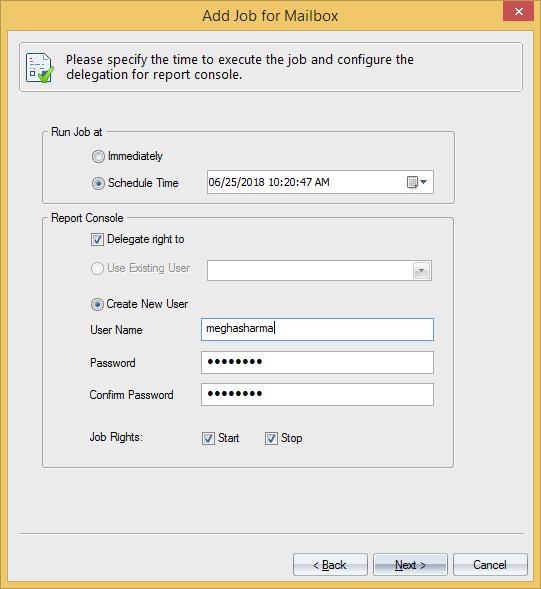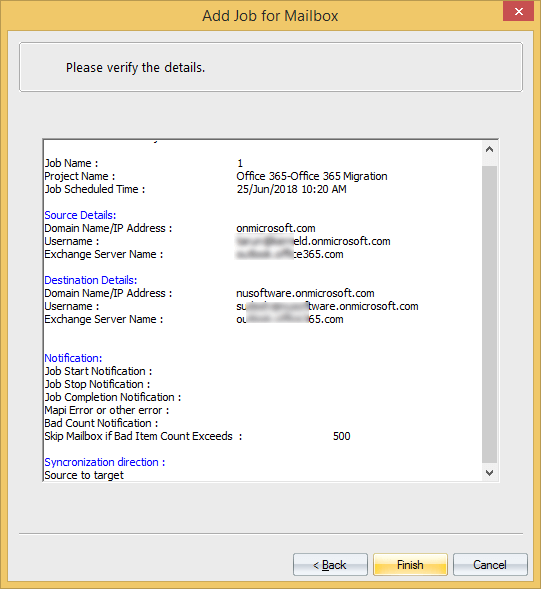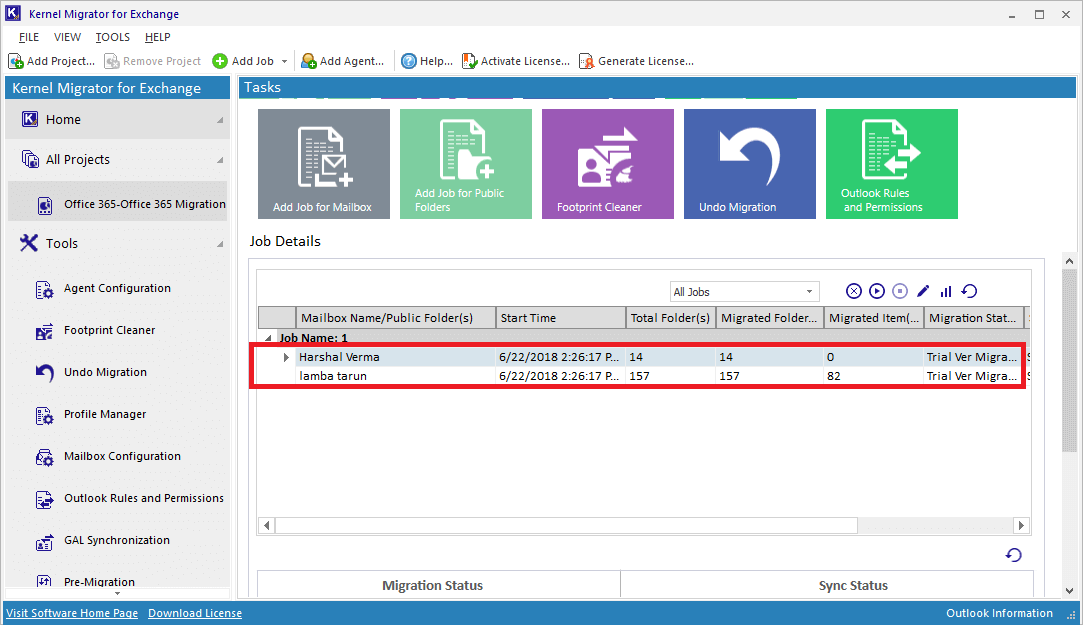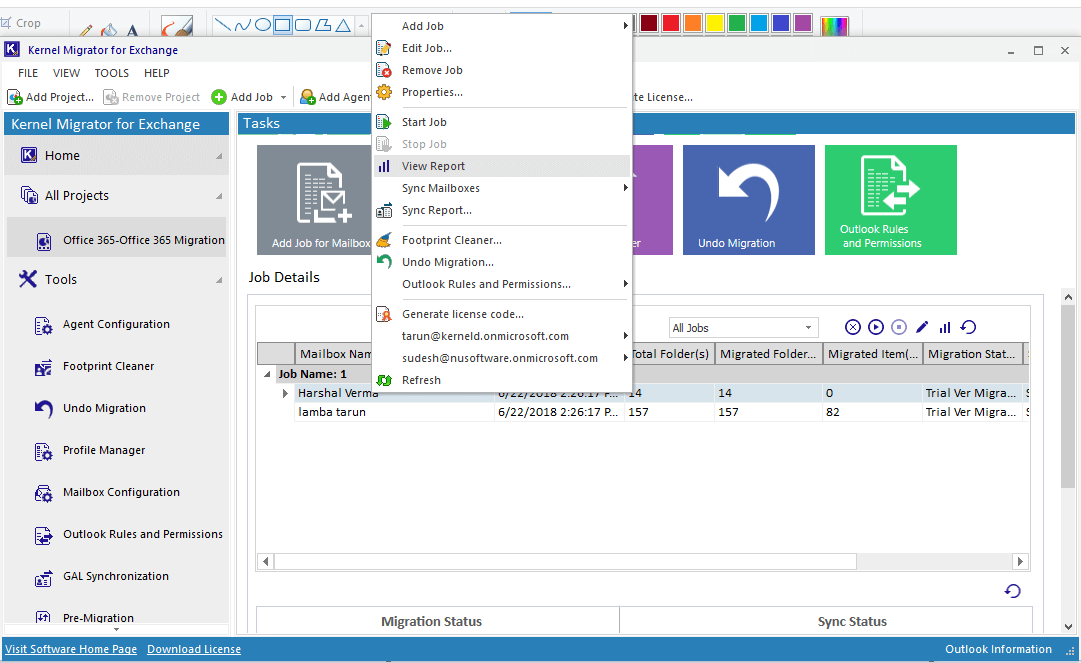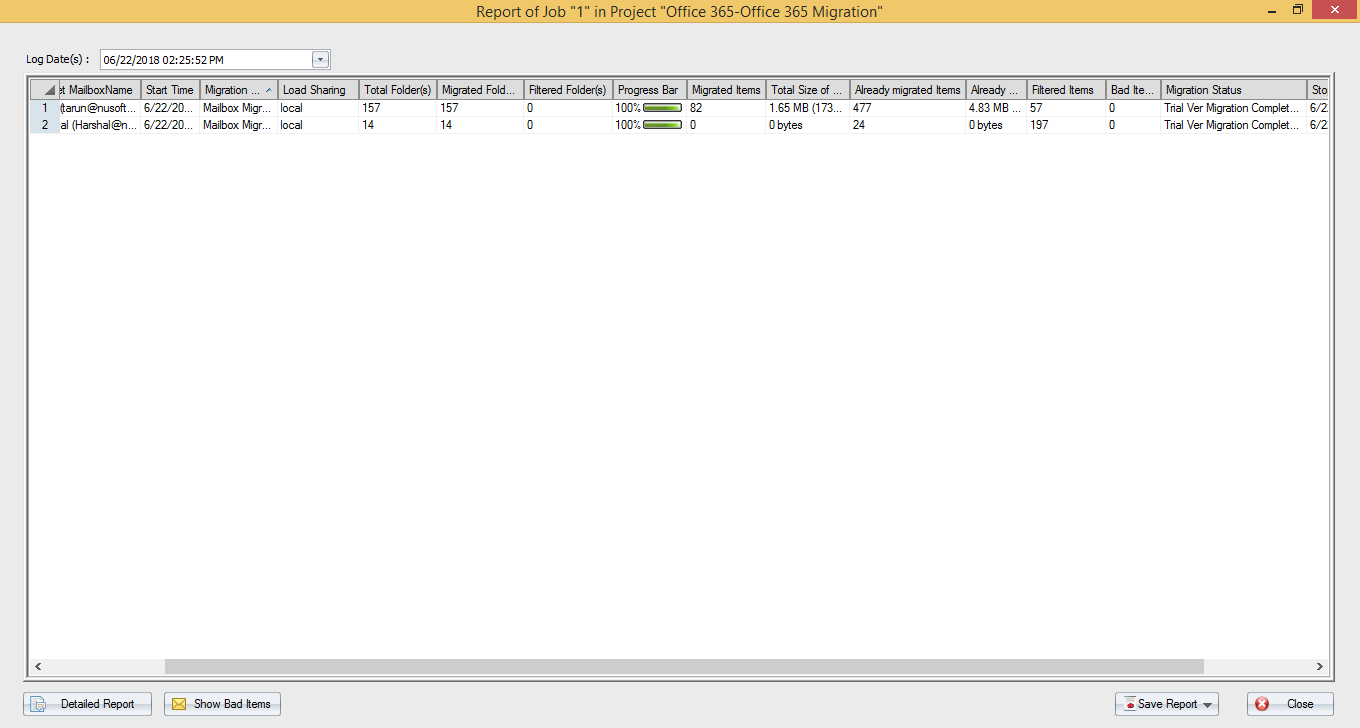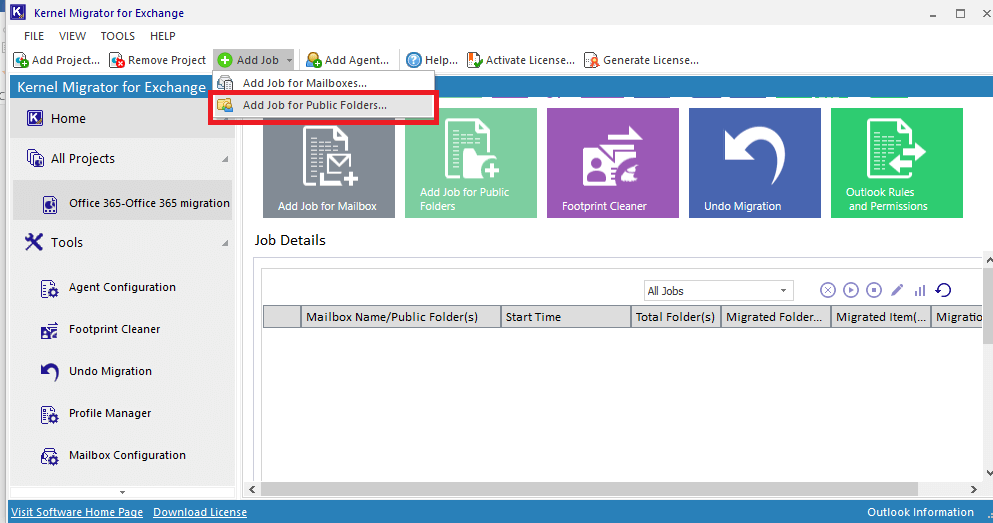Outlook Express uses EML file format to store its email message in a plain text file. Although, this file can be opened and read in several other email programs, besides Outlook: like Apple Mail, Mozilla Thunderbird, Microsoft Entourage, The Bat!, and IncrediMail. However, if you are an Outlook user, then it would be difficult for you to directly open and access EML supported email messages in old versions of Outlook environment.
There is no dearth of tools that can offer the platform to only view and read EML files data without requiring MS Outlook platform. But if you want to permanently import EML files in Outlook program then you have to convert EML files to PST files. Because Microsoft Outlook accepts only Personal storage table (PST) files as its default data file.
How to Import EML Files in Outlook?
Importing EML files can be a time-consuming task, as it requires the installation of Windows Live Mail as a mode of mode of medium. Although, if you want to import small amount of EML files then you can use “Move to Folder” option available on Outlook program to save EML based email messages.
In order to move bulk EML files to Outlook, follow the below given procedure carefully:
At first download Windows Live Mail program on your PC, if you don’t have it.
- Launch Windows Live Mail on your host machine.
If it reminds you to add an account on WLM, then cancel it. Eventually there is no necessity as it even permits you to open it without configuring an account. - Now launch Internet Explorer and open the respective folder comprising EML files.
- Resize and place the windows of both (Explorer and WLM program) in such an order that you can easily manage them together. For instance, part one at the left half of screen and other one on the right side. Also, you can split them top and bottom of the screen, as per your convenience.
- Simply use the Drag & drop method to transfer the EML files from Explorer window to the ‘Message List’ of Windows Live Mail.
If you prefer to keep EML files separately in different folders during the transition, then sort multiple folders in Explorer and drop them accordingly in the folder list of Windows Live Mail.
Additionally, see the note below.
- In Windows Live Mail: Go to File, and then select Export email and click on Email messages
- Select: Microsoft Exchange
- Here validate that you want to export to MS Outlook or to Microsoft Exchange.
- When displayed, then simply press OK or choose the respective Outlook profile.
Microsoft Outlook will be initiated in the background that would a little time or if you don’t want to wait simply launch Outlook application manually. - In Export Messages window, click: Selected folders.
- Choose the folder that has email messages, as guided in Step 5.
- If there are multiple folders, then press the CTRL button while select the desired folders that you want to export.
- Click OK.
- Click Finish button.
- Locate the folder(s) holding your exported email messages in Outlook program.
This is how you can export and read EML files data in Outlook environment. The subfolders of Outlook that you have sorted in WLM may appear on the top-level folders of your Outlook mailbox.
However, if you are unable to move complete items of EML files to Outlook or find integrity issues in the migrated data, then do not hesitate to take the help of a reliable EML to PST conversion tool, to avoid all such compromises. Kernel for EML to PST is a powerful tool to perform easy migration of EML files to Outlook PST files in three simple steps, i.e. scan, repair and save. It even allows you to convert EML files to fresh PST file or adding to an existing PST file. This EML to PST converter strictly ensures data integrity during the conversion of bulk files and therefore maintains exact meta properties of email upon conversion (including to, subject, from, date fields etc.). Besides the option to export EML to PST, this program even facilitates the option to migrate EML files to Office 365 mailbox.
To know more about Kernel for EML to PST visit: https://www.kerneldatarecovery.com/eml-to-pst-converter.html
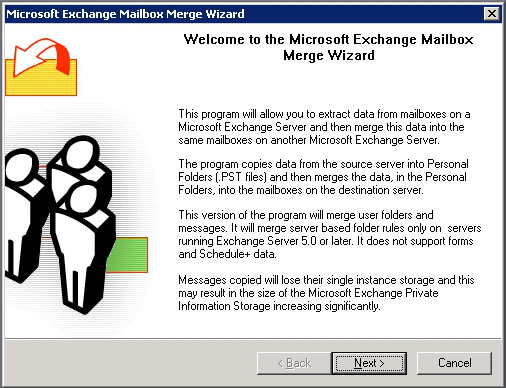







 Instant Migration Tips : Migrating mailbox/public folder limits and permissions with Exchange Migration Tool
Instant Migration Tips : Migrating mailbox/public folder limits and permissions with Exchange Migration Tool
